As the lumberjack was travelling through the forest, he heard a quick and numerous galloping noise, he then got a clear sight of horse that had eight legs positioned like a spider’s legs, he got on his horse and chased after the beast but he could not keep up and lost sight of it. Many have heard it since, but none have seen it again.
Skeptics say it might have possibly been a regular wild horse that had a twin that did not develop fully, got its extra appendages, which, in this case, were positioned like a spiders, and it learned to use these to its advantage of running faster.Or it could be Aragogue. Or Ungoliant. You never know, right?
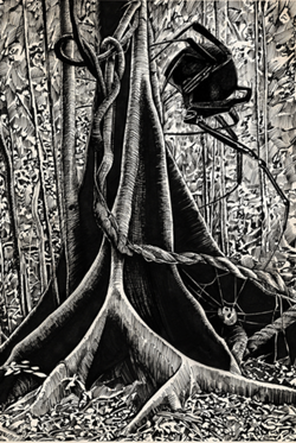
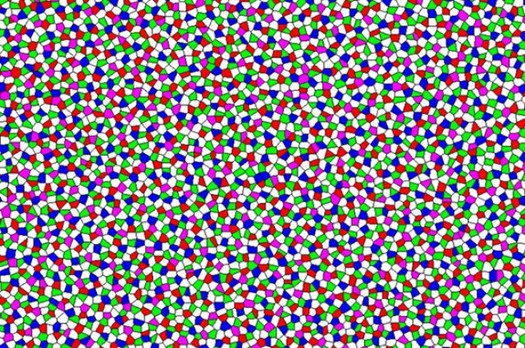
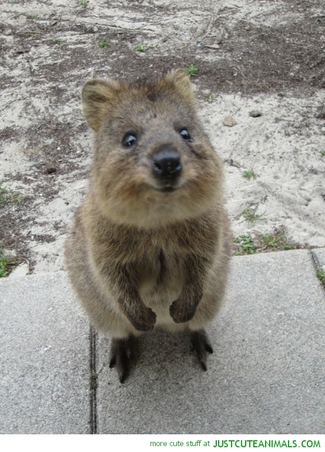
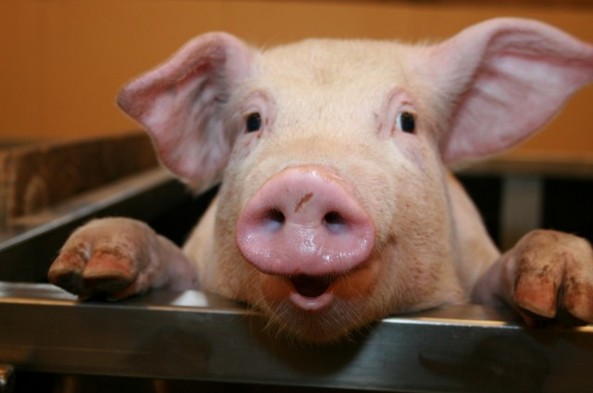
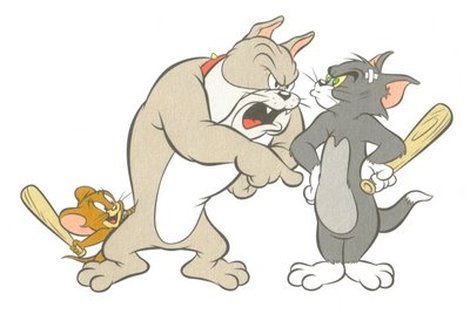
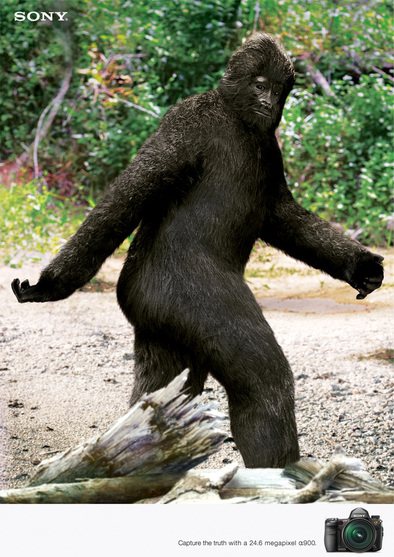
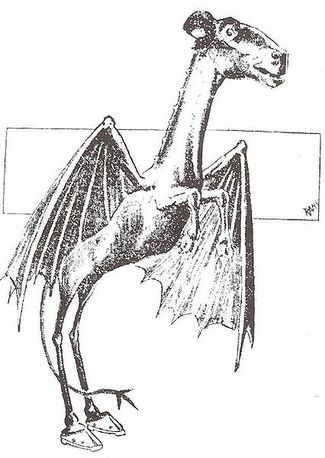
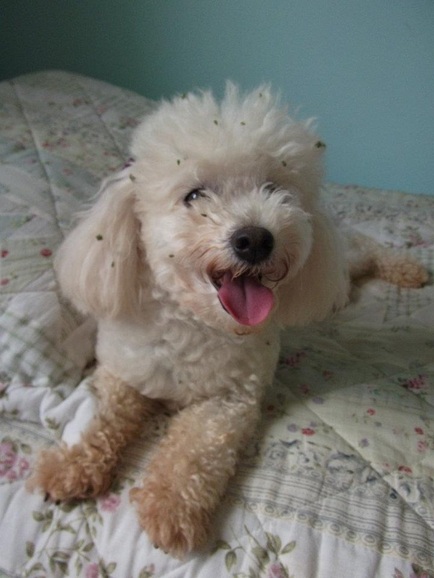
 RSS Feed
RSS Feed